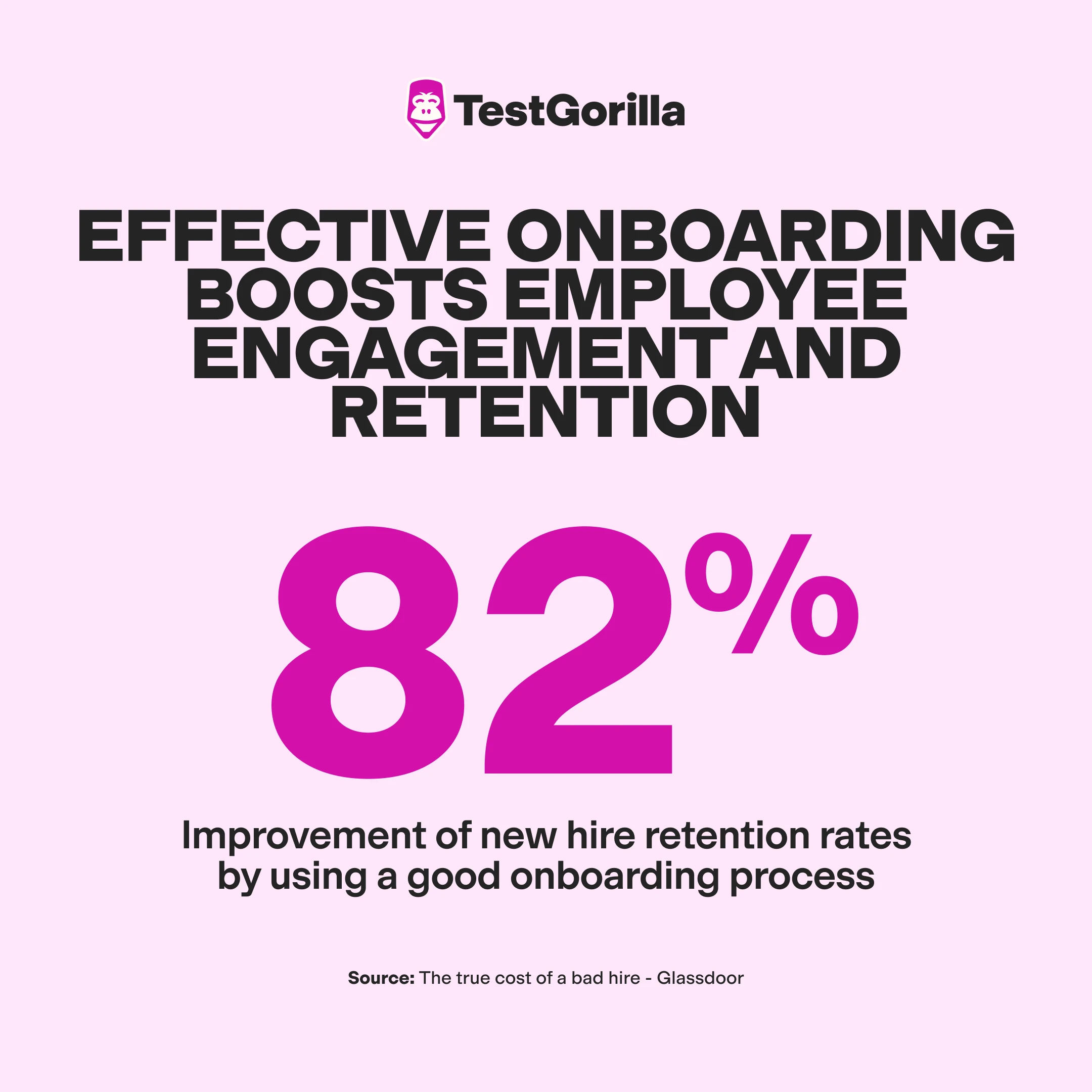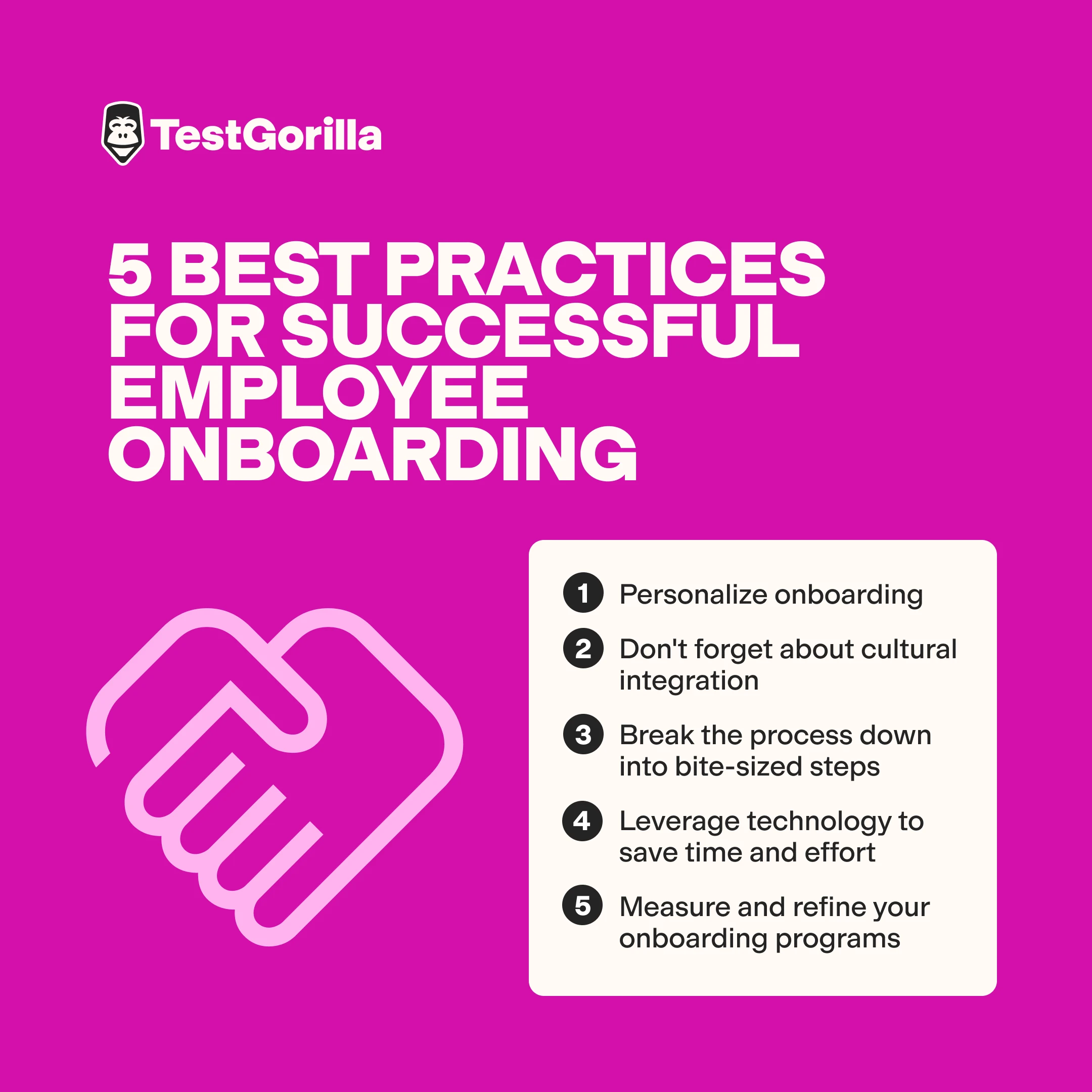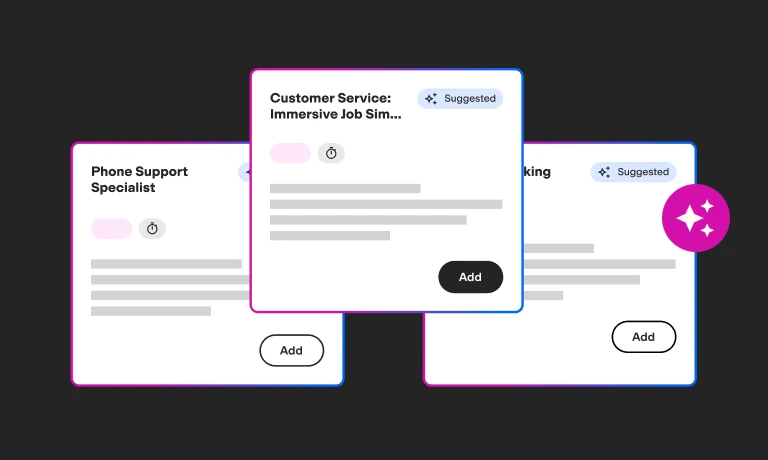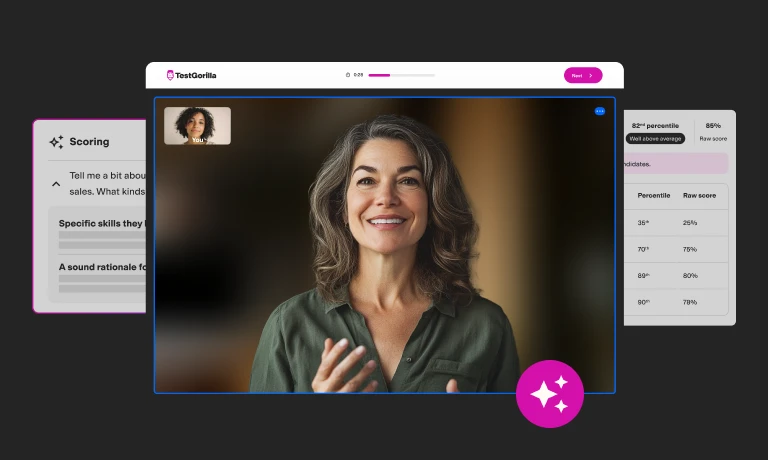Employee onboarding is the process of helping new hires settle into their roles and feel like part of the team. It's not just about filling out paperwork or covering policies. Good onboarding programs also introduce new joiners to the company’s culture and mission, give them the right tools and training, and help guarantee they know what’s expected of them.
Done right, the employee onboarding process helps new hires hit the ground running and sets them up for long-term success.
Why is employee onboarding important?
An effective onboarding process isn't just a nice to have – it's a must. Here's why.
Boosts employee engagement and retention
When employees feel welcomed, valued, and confident from the very start, they're more likely to feel connected to the company, go above and beyond in their role, and stay with your company long term. In fact, research shows that a good onboarding process can improve new hire retention rates by 82%.
Reduces time to productivity and enhances performance
A well-thought-out onboarding program equips employees with the tools, training, and support they need to get up to speed with their job. This way, they can pick up things quickly, make fewer mistakes, and start making meaningful contributions from the get-go.
Strengthens your employer brand
Investing in a smooth onboarding experience makes new joiners feel valued and cared for. This creates a positive and lasting impression and encourages new joiners to leave good reviews about your company culture on platforms like Glassdoor.
Why’s this important? Because according to an Indeed survey, nearly half of job candidates read an employer's online reviews before applying for a job.
Keeps you compliant
Thorough onboarding involves arranging all the necessary paperwork, collecting new hires' legal docs, and ensuring they know every important company policy when they join. This reduces non-compliance risk, protects your business, and informs employees of their rights and responsibilities.
Learn more about the benefits of employee onboarding in our article on onboarding statistics.
Key components of an effective onboarding program
Here's what an onboarding process comprises.
Key component | Timeline | Elements |
Logistics | Pre-boarding | - Preparing employment contracts and legal docs - Collecting personal information, IDs, and tax docs - Organizing hardware, security badges, and access to software - Arranging a welcome pack with company swag |
Induction | First day | - Warm welcome by the new hire's manager or human resources - Providing a tour of your physical or virtual office environment - Briefing new hires on firm policies, your employee handbook, etc. - Checking access to systems and providing IT support |
Role and team orientation | First week | - Reviewing role and setting goals and expectations - Going over company culture, values, and expectations - Addressing any early questions or concerns - Arranging in-person or virtual meetings with team members and leaders - Making sure compliance training is complete |
Training and support | First month | - Providing role-specific training - Discussing career path and development opportunities - Assigning a mentor or buddy to show new hires the ropes - Conducting regular weekly check-ins and collecting feedback - Holding an end-of-first-month performance review |
Ongoing integration | Up to six months | - Conducting regular bi-weekly check-ins - Offering continuous feedback and support - Encouraging participation in company socials - Monitoring job satisfaction - Reviewing performance once a month |
The best insights on HR and recruitment, delivered to your inbox.
Biweekly updates. No spam. Unsubscribe any time.
5 best practices for successful employee onboarding
Lots of things can go wrong during onboarding. For instance, you could overwhelm new joiners, provide them with the wrong kind of support, or spend too much time and effort on onboarding admin.
Here are five onboarding best practices to avoid these challenges and give new hires an A+ experience.
1. Personalize onboarding
Effective onboarding isn’t a one-size-fits-all. You must understand each new hire's unique skills, learning gaps, personality traits, and work preferences – even more so for remote workers you haven't met in person.
Otherwise, you could make mistakes – for instance, organizing too many team socials for an introverted employee or not providing the right training to fill a new hire’s skill gaps.
Skills-based assessments can give you deep insights into your new joiners. You'll learn about their hard and soft skills, motivations, personality traits, and even personal values so you can make sure they're getting the right kind of support and experience in their early days.
2. Don't forget about cultural integration
Employers often focus solely on ramping up new hires' productivity and forget about culture. New hires who aren’t acclimated to your organization’s norms, values, and behaviors may feel disconnected from your goals. And when employees don't connect with your company's mission or values, they're unlikely to go the extra mile in terms of performance.
While this can happen to any new hire, remote employees are even more susceptible due to the physical distance from a company and their colleagues.
Encourage bonding through virtual and in-person meet-ups, define your company's mission and values clearly to help new hires understand them fully and know what to expect, and lead by example to really drive the culture home.
3. Break the process down into bite-sized steps
Onboarding can be overwhelming – for both you and the employee.
Break your in-person or virtual onboarding process down into bite-sized steps and stagger things – providing information slowly and in the right order. For instance, there's no need to discuss an employee’s career plans on day one.
Create an onboarding checklist for yourself – so you can tackle things one at a time and avoid forgetting crucial steps. Additionally, provide new hires with an onboarding schedule so they know what to expect and can plan accordingly.
Finally, set realistic work goals – focus on what they need to do first and introduce complex tasks over time.
4. Leverage technology to save time and effort
Use onboarding software, communication and HR platforms, document management and e-signature tools, and other tech to save time and simplify the onboarding process.
For example, if employees can complete their pre-boarding requirements online and at their own pace before day one, they'll be less bogged down with admin tasks when they start. Similarly, learning management systems make it easy for them to take their training courses from anywhere.
5. Measure and refine your onboarding programs
Measure the success of your onboarding program by collecting feedback from new hires at the one-month, three-month, and six-month marks. Do this in person or through employee satisfaction or onboarding surveys. Also, track key metrics like performance and retention levels. Insights from these measures can help you continually improve your process over time.
⭐ For more resources, a free onboarding checklist, and plenty of actionable tips, check out our ultimate guide to employee onboarding.
FAQs
How long is the onboarding period?
The onboarding experience starts right after a candidate accepts their job offer and should continue until at least six months after the employee has joined.
What is the 4-step onboarding process?
The four-step onboarding program covers orientation, socialization, training, and ongoing support.
Related posts
You've scrolled this far
Why not try TestGorilla for free, and see what happens when you put skills first.




















